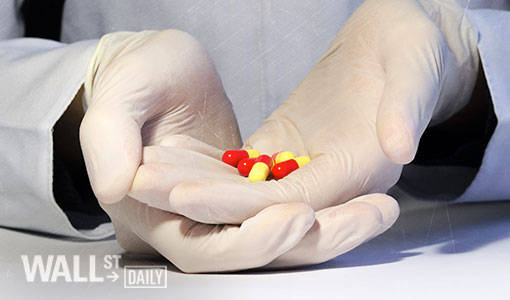
Would you take a drug that caused side effects such as headaches, muscle pain, dizziness, vomiting, uncontrollable flatulence, intestinal bleeding, blindness, or gynecomastia (man boobs)?
I bet you’re shouting, “No!”
But if the benefits of the drug far outweighed the risks – and the risks themselves weren’t inherently great – you might change your mind.
Similarly, when deciding whether to make an investment, we need to assess the risks and potential reward.
Of course, this isn’t a perfect analogy. Unlike the probability of adverse effects from drugs, investment risks tend to vary significantly over time. In particular, many healthcare stocks have dramatically different risk profiles than they did in the past.
Yet, few investors have seemed to notice.
That’s partly because the healthcare sector does have a lot to offer. Conservative investors have been drawn to the defensive qualities of the drug and medical device producers, while more aggressive traders and investors have gravitated towards high-growth biotechnology stocks.
Accordingly, the healthcare sector has been a stellar performer over the past five years. The Health Care Sector SPDR ETF (XLV) has produced a total return of 142.3% compared with a 90.3% return for the SPDR S&P 500 ETF (SPY).
But that sort of outperformance has significantly altered the risk/return prospects for many healthcare stocks.
Eli Lilly (LLY), a major pharmaceutical company, is perhaps the best example. Not many people found Eli Lilly attractive in late 2010 because its stock wasn’t going up. Ironically, the stock has been on a tear ever since, gaining 159% on a total return basis. Plain and simple, LLY is in a sector that caught fire, and it became a momentum stock.
As a result, Eli Lilly’s valuation is now sky-high. The following chart shows Eli Lilly’s enterprise value-to-EBITDA multiple and price-to-sales ratio over the past 10 years:













Leave A Comment